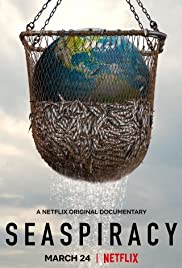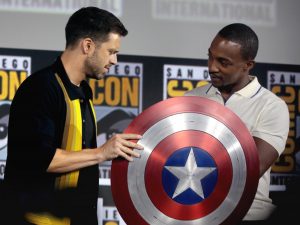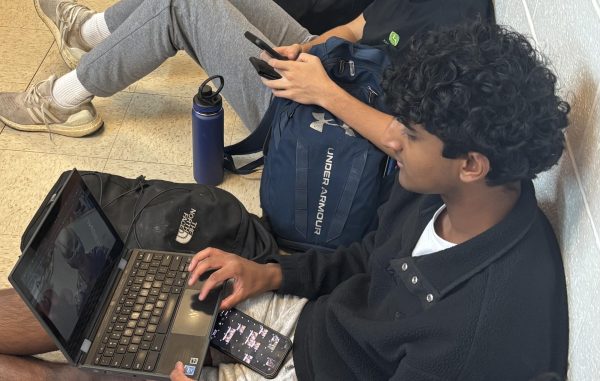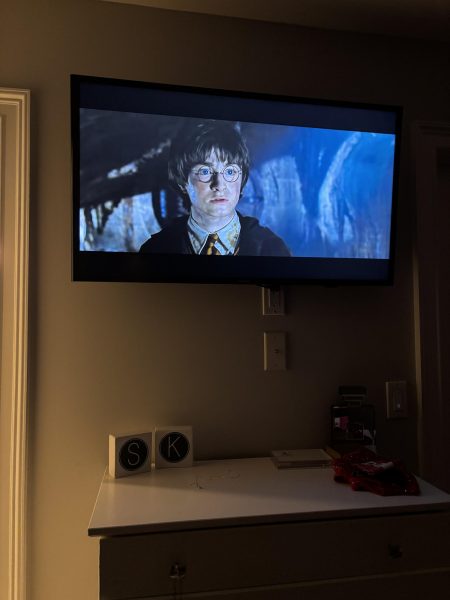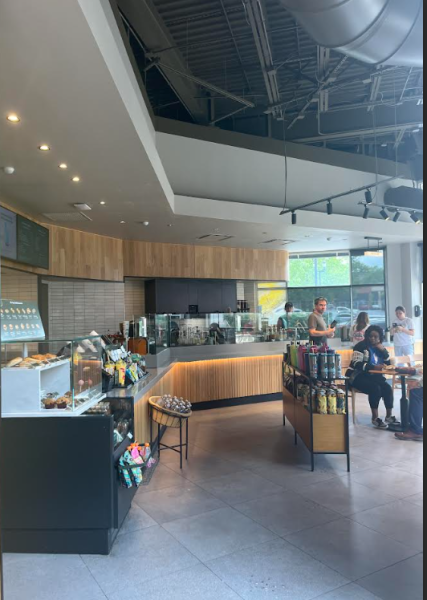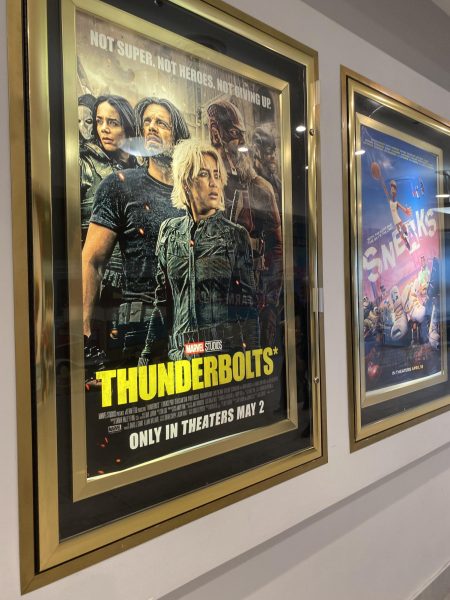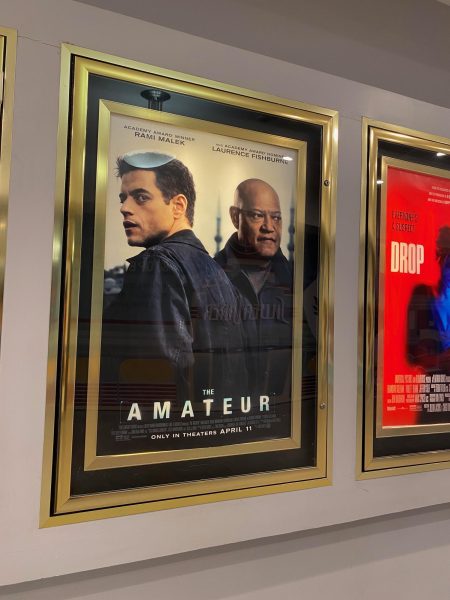Seaspiracy documentary: thought provoking, misleading
The 90-minute Netflix film Seaspiracy, by Ali Tabrizi, was created to bring to light the effects of the commercial fishing industry and the environmental and ethical costs eating fish has on the planet. This documentary has attracted a wide range of viewers, as well as both positive and negative reviews. Soon after its release, the documentary became one of the most viewed films on Netflix.
The film, centered around shock factors, includes statistics that are strikingly alarming. Bycatch, a concept introduced in the film, proved that “around 10 humans are killed by sharks globally per year, and around 30,000 sharks are killed per hour.”
Another huge issue the film highlights is the most destructive form of fishing: large trawl nets, “so big they could swallow entire cathedrals or up to 13 jumbo jet planes.”
These statistics are where controversy sparks, as these facts are misleading. It is said in the documentary that fishing nets alone comprise 46 percent of the Great Pacific garbage patch. While fishing gear does contribute to ocean plastic, according to Liz Allen from Forbes, “it only accounts for about 10 percent of all plastic in the ocean.”
Another point that the film makes is that sustainable seafood cannot exist. Tabrizi says this multiple times in the documentary and other experts agree. Slyvia Earle, oceanographer and marine biologist, says that “large scale extraction of wildlife” is impossible to be sustainable.
Paul Watson, founder of Sea Shepherd Conservation Society, also says that “There’s no such thing as a sustainable fishery.”
For poorer and developing countries, seafood is essential as a source of food as well as income. For the target audience of Seaspiracy, mainly the western world, seafood is not seen as an essential source of protein. People like to enjoy it at a restaurant for a fancy night out, rather than a staple in their diet. Seaspiracy pushes for people to completely cut out seafood from their diet, but in prompting watchers to do so, the documentary fails to recognize the marginalized people who would be affected if a movement like this were to take place.
Looking past the dramatic flair of the film, viewers also learn that damage from commercial fishing far surpasses any damage from events that are the bigger subject of public focus.
Conversation about pollution and plastic waste has mainly been centered on consumer waste for a long time, particularly plastic straws. The anti-plastic straw movement lasted for a while, but in reality these plastic straws account for only 0.03% of all plastic entering the ocean, whereas in Seaspiracy, environmentalist George Monbiot says “Discarded fishing nets are far more dangerous for marine life than our plastic straws because they are designed to kill.”
Another comparison is made about oil spills such as the 2010 explosion at BP’s Deepwater Horizon oil rig in the Gulf of Mexico. Events like the spill are terribly disastrous and should be avoided at all costs, but surprisingly, as revealed in the film, they actually aren’t as bad for marine wildlife as commercial fishing.
Professor Callum Roberts explains that the fishing industry in the Gulf of Mexico actually destroys more marine wildlife each day than the spill did over a period of months. In fact, he says that it was actually “beneficial to marine wildlife… because fishing was banned due to fears of oil contamination.”
This documentary highlights the huge problems in the seafood industry, but uses questionable and misleading ways to do so. Some believe that this method of informing the public is not right and highly unethical, but others believe that the documentary may still make a positive impact overall since it introduces people to these issues and may inspire a desire to make a difference.
Your donation will support the student journalists of Thomas S. Wootton High School. Your contribution will allow us to purchase equipment and cover our annual website hosting costs.
Emma is a 2023 graduate.


